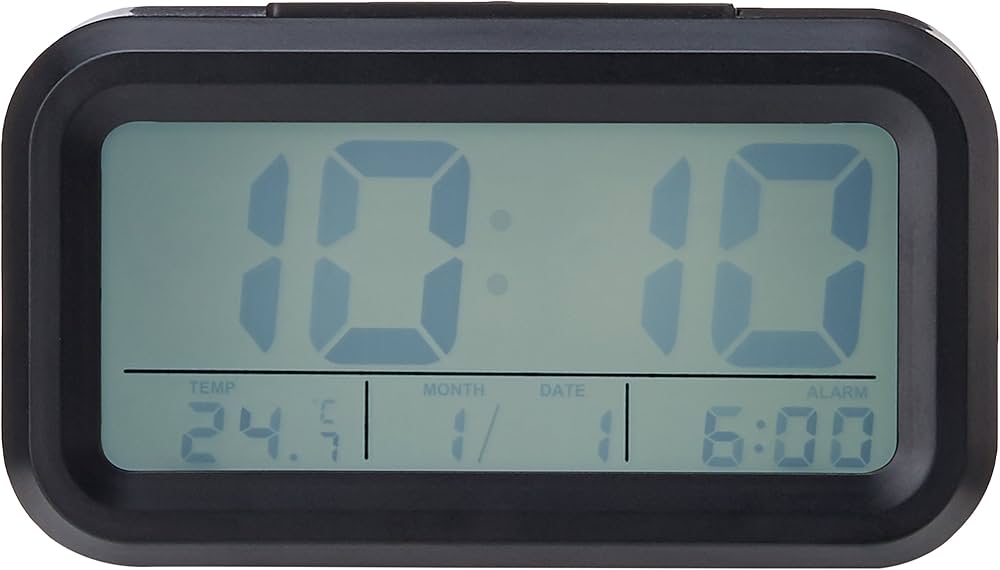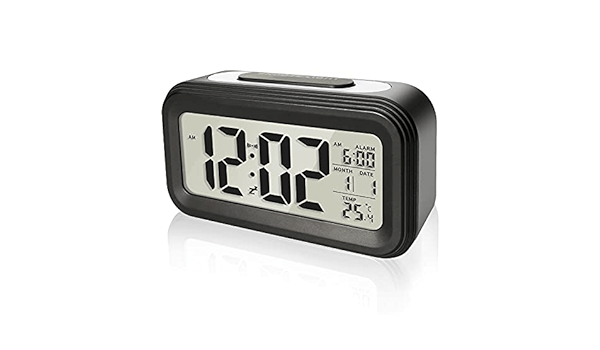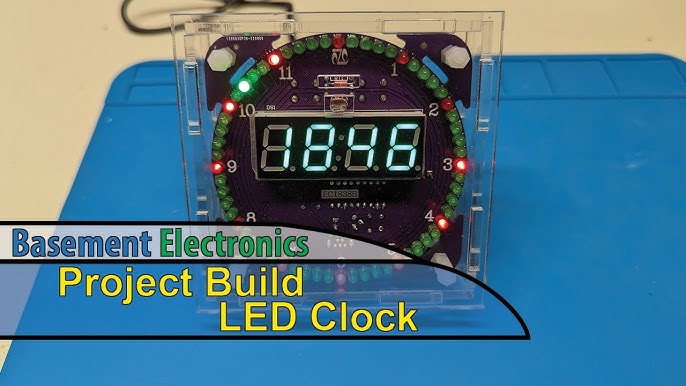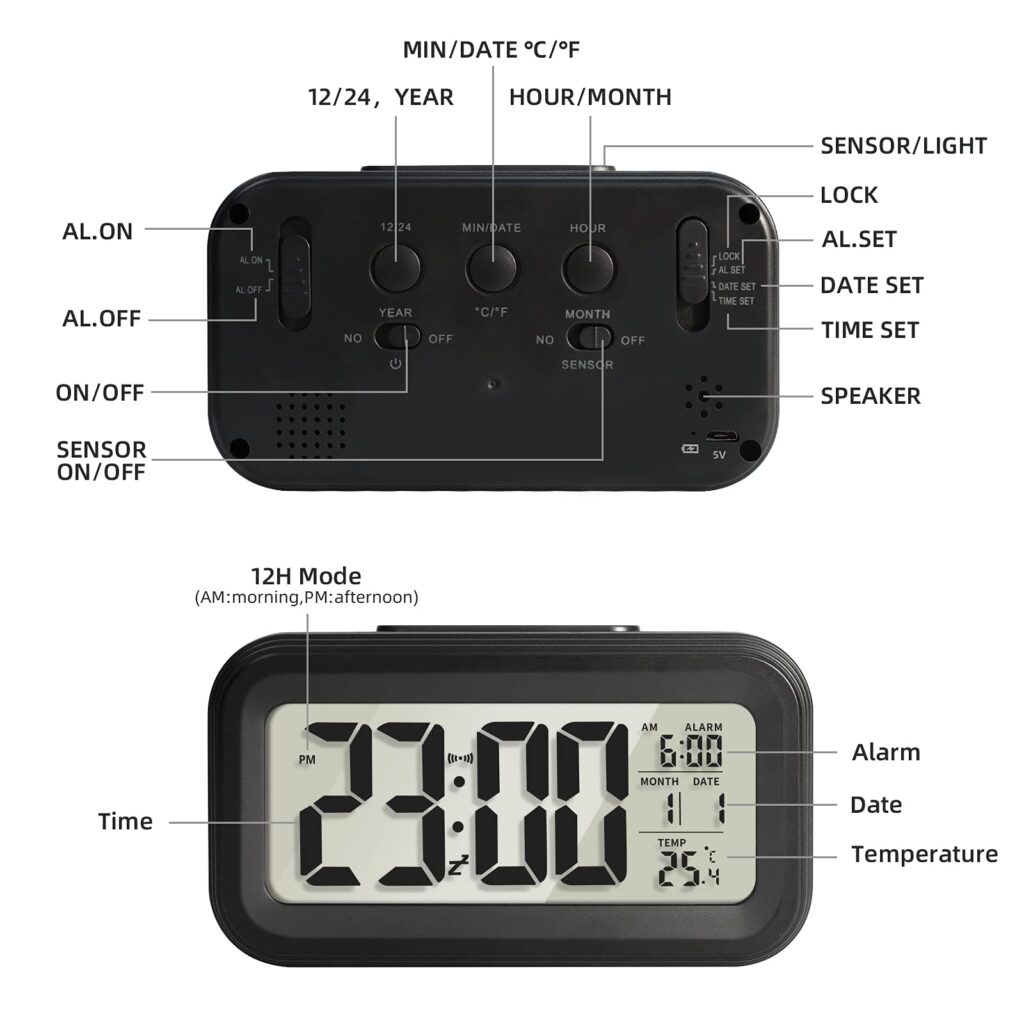Your cart is currently empty!
The Digital Clock in the Basement
Have you ever wondered how a digital clock works?
Have you ever walked into a room and noticed a digital clock on the wall or your phone screen telling you the time? Have you ever wondered how these digital clocks work, especially the ones with the red numbers that seem to magically change every minute? In this article, we are going to delve into the fascinating world of digital clocks and explore the technology behind them. Let’s start by understanding the basic components of a digital clock.
Understanding the Basic Components
To understand how a digital clock works, you need to know the basic components that make up the clock. At its core, a digital clock consists of an oscillator, a counter, a display, and a power supply. Let’s break down each component to understand its role in the functioning of a digital clock.
| Component | Description |
|---|---|
| Oscillator | The oscillator is responsible for generating an electrical signal that regulates the clock’s timing. |
| Counter | The counter keeps track of the number of oscillations produced by the oscillator to display the time. |
| Display | The display shows the time using a digital format, typically in digits ranging from 0 to 9. |
| Power Supply | The power supply provides the necessary electrical energy to run the clock and its components. |
How Does an Oscillator Control Time?

The oscillator is like the heart of a digital clock, as it generates the electrical signal that controls the timing of the clock. The most common type of oscillator used in digital clocks is a crystal oscillator. This type of oscillator uses a quartz crystal to generate a precise and stable electrical signal. The frequency at which the quartz crystal vibrates determines the accuracy of the clock.
By using a crystal oscillator, digital clocks can maintain accurate timekeeping over extended periods without drifting. The crystal oscillator sends out regular electrical pulses to the counter, which then calculates the intervals between the pulses to update the time displayed on the clock.
Counting the Clock Pulses
The counter in a digital clock plays a crucial role in translating the electrical pulses from the oscillator into time intervals that represent hours, minutes, and seconds. The counter operates by incrementing the displayed time based on the number of pulses received from the oscillator.
Digital clocks typically use a binary counter to keep track of time. A binary counter is a digital circuit that counts in binary code, where each digit is represented by either a 0 or a 1. The binary counter counts the oscillations from the oscillator and converts them into a format that can be displayed on the clock’s screen.
How Does the Display Show the Time?

The most visible part of a digital clock is the display, where the time is shown in a digital format using numbers. The display in a digital clock can vary depending on the type of technology used. Some digital clocks use Light Emitting Diodes (LEDs) to show the time, while others use Liquid Crystal Displays (LCDs).
LED displays are common in alarm clocks and are known for their bright and easy-to-read numbers. In an LED display, each segment of a number is illuminated to show the time. On the other hand, LCD displays are commonly found in digital watches and calculators. LCD technology uses liquid crystals that change their orientation when an electric current is applied, allowing light to pass through and display the numbers.
Powering the Digital Clock
The power supply of a digital clock is responsible for providing the necessary electrical energy to run the clock and its components. Most digital clocks use batteries or an AC adapter to power the clock. Batteries are a convenient power source for digital clocks, as they allow the clock to function without being connected to an external power outlet.
The power supply in a digital clock regulates the voltage and current to ensure that the clock operates efficiently and reliably. In some digital clocks, a backup battery is used to maintain the clock settings in case of a power outage. By having a reliable power supply, digital clocks can continue to display the correct time without any interruptions.
The Evolution of Digital Clocks

Digital clocks have come a long way since their inception in the mid-20th century. The first digital clock was invented in the 1950s and used neon lamps to display the time. Over the years, digital clocks have evolved to incorporate advanced technologies such as LED displays, LCD screens, and radio-controlled time synchronization.
One of the significant advancements in digital clocks is the integration of radio-controlled clocks that receive time signals from atomic clocks. These radio-controlled clocks can automatically adjust their time settings based on the signals received, ensuring that the clock is always accurate to the second.
Conclusion
The digital clock in your basement or on your nightstand may seem like a simple device, but it relies on a combination of sophisticated technologies to keep accurate time. From the oscillator that generates the electrical signals to the display that shows the time, each component plays a vital role in the functioning of a digital clock. Next time you glance at a digital clock, take a moment to appreciate the intricate technology that goes into keeping you punctual and on schedule.

This is a bold text with hyperlink.